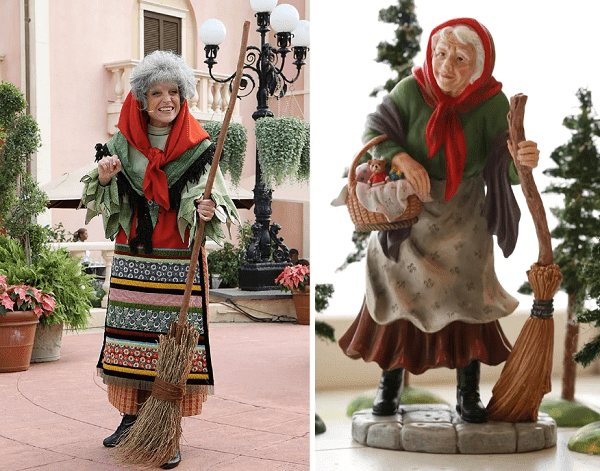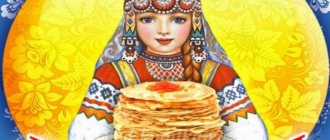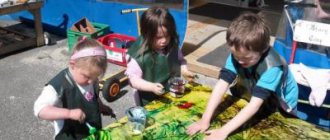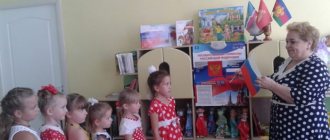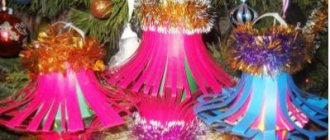Belarusian traditions for children
Belarusian, Tatar and Russian traditions are similar in many ways. It’s not for nothing that these peoples are called fraternal.
- Just like the Tatars, Belarusians celebrate the end of sowing. Only the holiday here is called Dozhinki. The best workers are chosen and gifts are given to them. There is also a special national holiday in Belarus. This is “Gukanne Viasny”. At the beginning of April, people call for spring. They make figures of storks from dough and paper and decorate houses and trees with them.
- A good reputation is very important for Belarusians. Therefore, they almost never swear, do not deceive, and, moreover, do not fight.
- The national Belarusian costume is made of white fabrics. For men, this is an embroidered shirt with a slit on the chest, a colored belt, and canvas pants. Along with a shirt, women wear a plaid skirt, an apron and always a bright sleeveless vest. The heads of Belarusian women are decorated with fabric headbands or wreaths.
- Many people associate Belarus with potatoes. Many national dishes are prepared from it - potato pancakes, potato babka, sorcerers. The latter look like meat pies. Only their shell is not made from dough, but from the same potatoes.
Kazakh traditions for children
The people of Kazakhstan honor the traditions and customs of their ancestors like no other. They treat this as a sacred duty.
- The warmth and hospitality of the Kazakhs has no equal. They will let even their enemy into the house and feed them. Moreover, they will serve him all the most delicious things that can be found in the house. And travelers who bring good news will also be given a gift.
- The national food in Kazakhstan is horse and lamb dishes (kazy, shuzhuk, zhaya, beshbarmak), homemade noodles, and pilaf.
- Kazakh children are taught respect for elders, restraint and integrity from an early age.

- Asar is a tradition of the Kazakh people, which consists of doing everything together. To build a house, they can call friends, neighbors, and relatives. They help each other for free. Asar is a reason for everyone to get together and strengthen their relationships.
- One of the oldest customs of the Kazakhs is to roll a person who has lived away for a long time into the ground. Its meaning is reflected in the proverb “we are all children of our native land.”
- The coming of spring, Nauryz, is considered a big holiday here. It is celebrated on March 22. All the people get up at dawn and plant trees. Then celebrations begin with songs and competitions. Among them are competitions for solving riddles, singing songs, reading poetry and tongue twisters.
- Kazakh costumes are some of the most beautiful in the world. They are richly decorated with embroidery, swan feathers and down, gold and silver thread. Dresses, vests, and hats come in a wide variety of designs. A day would not be enough to describe them all.
Nowadays, the life of city residents in different countries is not much different. People wear similar clothes, eat a variety of foods, and celebrate holidays other than their own. But this does not mean that the traditions and customs of our ancestors are forgotten. People dress in national clothes on special occasions, perform rituals, and tell children about them. This is how the culture of the people, their soul, lives.
Holidays in different countries
There are holidays that are celebrated all over the world - New Year, birthday, wedding. And there are absolutely special ones.
- In Japan, one of the main holidays is Hinamatsuri, the “festival of dolls.” Every year on March 3, girls in elegant kimonos lower boats with paper dolls down the river. People believe that dolls take away sorrows and misfortunes with them.
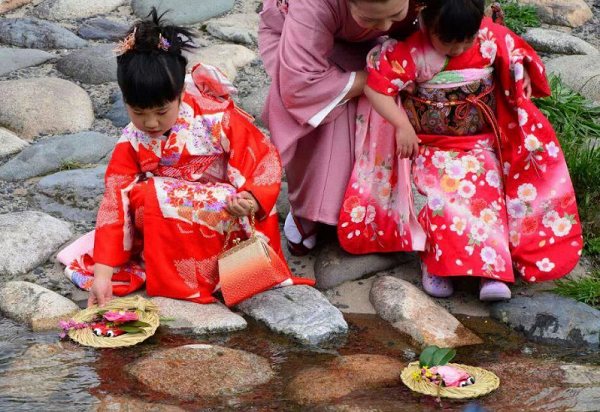
- India has its own holiday - the “monkey feast”. The monkeys are served a table full of goodies. This is how Hindus worship the god Rama and his monkey army. The arrival of spring is celebrated here with a festival of colors, during which people douse each other with water painted in bright colors.
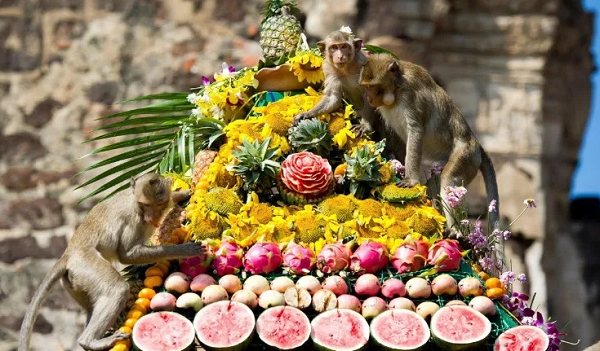
- Scotland hosts a very spectacular fire festival. In the evening, people dress in national costumes and carry burning torches to traditional music.
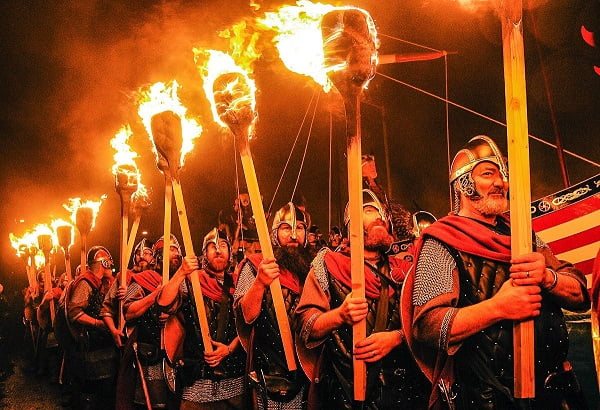
New Year
Celebrating the New Year is one of the most long-awaited customs for children. On the night from December 31 to January 1, it is celebrated in almost every home. Briefly about New Year's traditions of different nations:
- In Russia, gifts are given to children by the kind Grandfather Frost in a long fur coat with a magic staff in his hand. He has a granddaughter, Snegurochka, and a wife, Zima. He lives in Veliky Ustyug.
- In Poland, instead of Father Frost, children are congratulated by Saint Nicholas. He rides a horse and wears a white robe. His assistant, Peter, helps deliver the gifts. Only obedient children receive them. The spoiled are given the rod.
- Canadian children are waiting for Santa Claus on New Year's Day. He rides through the air in a team of reindeer and enters the house through a chimney. His home is in Lapland. There he makes gifts all year long with the elves.
- In France, Pierre Noel comes to the children on New Year's Eve. He rides a donkey and puts gifts in shoes.
- Finnish Joulupukki is small in stature. On New Year's Day he is carried in a cart by a goat. All the child needs to do is whisper in a whisper what kind of gift he wants, and Joulupukki will definitely hear it. Other gnomes help the old gnome.
- In Italy, Santa Claus is a woman who looks very much like a witch. Her name is Befana. In fact, Befana is kind, even though she rides around on a broom. She has a golden key with which she can open any door. On New Year's Day, she flies up to children's stockings and fills them with gifts.
